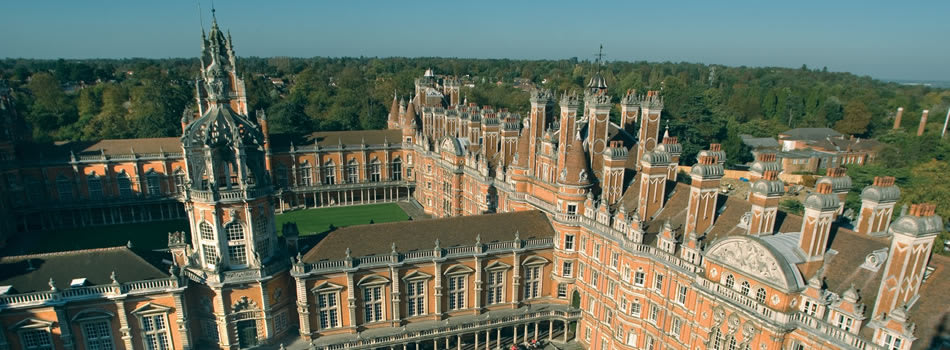My research interest lies in the roles of centrioles and associated proteins, as parts of the centrosome and cilium, in cell biology and early vertebrate development, using zebrafish as a model system.
The centrosome is the microtubule organising centre of the cell and so has key roles in cell division, migration and polarity. It contains two centrioles, cylindrical microtubule-based structures around which a matrix of other proteins is constructed. These centrioles closely resemble the basal bodies of cilia, the hair-like, microtubule-based structures that protrude from the cell surface in many cell types.
Mutations in genes that encode components of the centrosome and cilium have been linked to a number of inherited, human developmental diseases: Bardet-Biedl, Alstrom, Joubert and oral-facial-digital syndromes - the 'ciliopathies'; polycystic kidney disease. The centrosome is also involved in tumorigenesis in cancers such as melanoma.
My research is aimed at finding and characterising zebrafish embryos mutated in centrosome and cilium genes which give developmental phenotypes in order to work out the developmental pathways in which these proteins and organelles are involved. I am particularly interested in proteins that contribute to the generation of cilia in early zebrafish embryos. They contribute to kidney, ear and brain development, amongst many tissues. I also work with cultured zebrafish cell lines for in vitro research into biochemical and molecular biology questions on how the centrosome and cilium are constructed and function.
I use a variety of cell and molecular biology techniques in my research, including confocal microscopy, time-lapse imaging alongside standard molecular biology techniques such as Western blotting and immunofluorescence cyto/histo- chemistry.

 Continue with Facebook
Continue with Facebook





